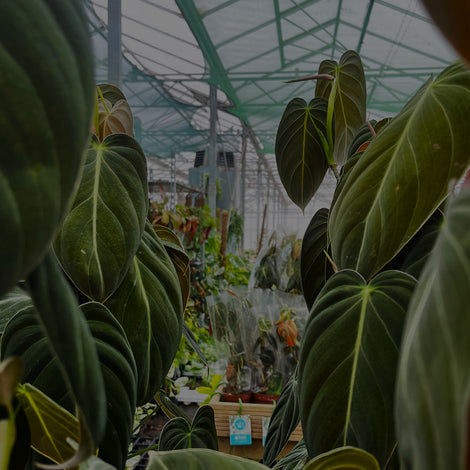A guide to Sedum care
Sedum is a genus of succulent plants that are known for their hardiness and easy care requirements. Here's a very detailed guide to Sedum care:
-
Light: Sedum plants require bright, direct sunlight to thrive. Place your plant in a location that receives at least six hours of sunlight per day. Some Sedum varieties can tolerate partial shade, but they will not thrive in low light conditions.
-
Watering: Sedum plants prefer well-draining soil and should be watered only when the top inch of soil is dry to the touch. Overwatering can cause root rot, so it's important not to let the plant sit in standing water. During the winter months, reduce watering frequency to prevent overwatering.
-
Soil: Sedum plants require well-draining soil, such as a mix of potting soil, perlite, and sand. Avoid using soil that retains too much moisture, as this can cause root rot. Sedum can tolerate poor soil conditions, making it an excellent choice for rock gardens and dry landscapes.
-
Temperature: Sedum plants are hardy and can tolerate a wide range of temperatures. They can survive temperatures as low as -30°F (-34°C) and as high as 90°F (32°C). In hot, dry climates, Sedum may require more frequent watering.
-
Fertilizer: Sedum plants do not require frequent fertilization, but can benefit from a balanced fertilizer once or twice a year during the growing season.
-
Propagation: Sedum plants can be propagated by stem cuttings or by division. Take stem cuttings in the spring or summer, and plant them in well-draining soil. Divide larger plants in the spring or fall by carefully separating the root ball into smaller sections.
-
Pruning: Sedum plants require minimal pruning, but can be shaped by removing the top growth. Prune in the spring or early summer, before the plant begins to flower.
-
Pests and Diseases: Sedum plants are generally resistant to pests and diseases, but may be susceptible to mealybugs, scale, and root rot. Inspect your plants regularly for signs of pests or disease, and treat promptly if necessary.
In summary, Sedum plants require bright, direct sunlight, well-draining soil, and infrequent watering. They are hardy and can tolerate a wide range of temperatures. Sedum plants require minimal pruning, and can be propagated by stem cuttings or division. With proper care, your Sedum plant can thrive and add beauty to your garden or indoor space.





















Leave a comment
Please note, comments need to be approved before they are published.